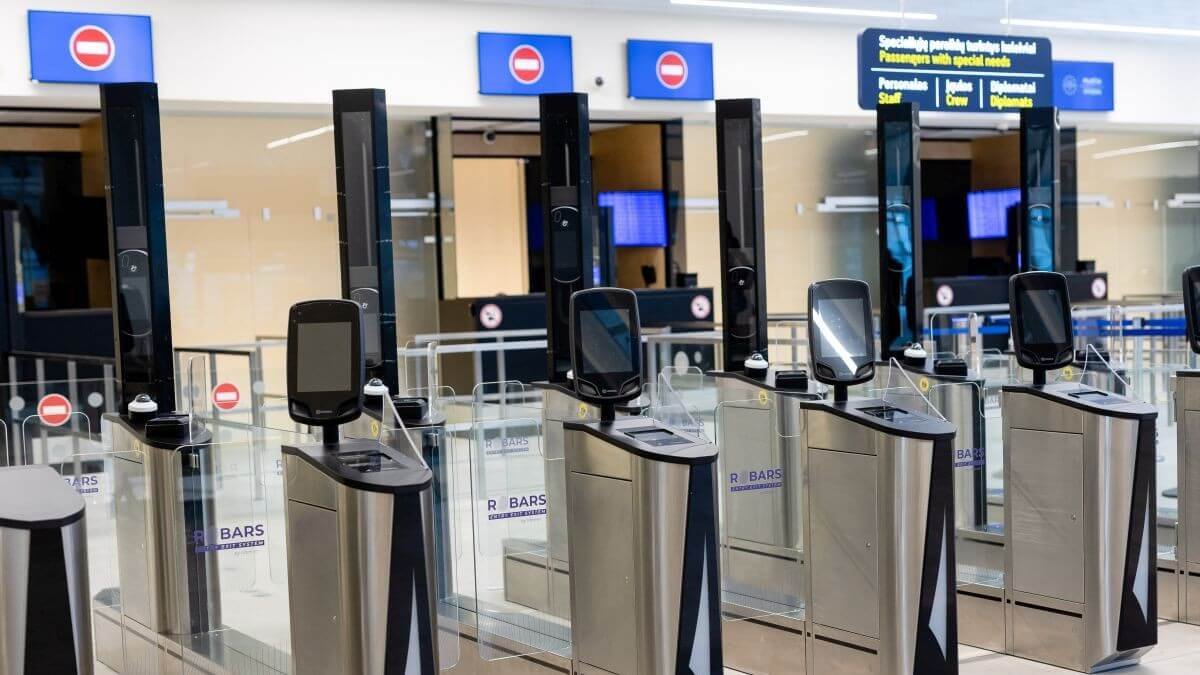
Third-country nationals entering the European Union will soon be required to scan their fingerprints and have a facial photograph taken as part of a new digital border management system. European ministers have approved the gradual implementation of the Entry/Exit System (EES), which will register the biometric data of non-European visitors upon arrival.
According to Magnus Brunner, European Commissioner for Home Affairs and Migration, this system will introduce one of the most advanced border management technologies in the world. He emphasized that it aims to enhance border control efficiency, detect and prevent criminal activities, and combat illegal migration. The new process will apply to travelers from third countries who visit the Schengen area for a maximum of 90 days within a 180-day period. While an exact launch date has not been set, the European Council is targeting a gradual rollout beginning in the autumn.
Some experts see potential benefits in the system. Julia Behrens, project officer for asylum and migration at the European Union Agency for Fundamental Rights (FRA), pointed out that an electronic record could help individuals prove they are legally present in the EU. Passport stamps can sometimes be illegible or incorrect, and passports themselves may be lost, leading to confusion over the length of stay.
However, concerns about data protection have also been raised. Behrens highlighted the challenges associated with biometric data collection, noting that individuals may face difficulties understanding the process, especially if they do not speak the language or are unfamiliar with the technology. Access to legal assistance in such matters is also limited. She warned that the system could have implications for the prevention of discrimination, the right to asylum, and children’s rights. Research has indicated that biometric processing is less accurate for people of color. While fingerprint collection will be required only for travelers aged 12 and above, facial images will be collected from all ages, including infants. Behrens called for increased awareness among border guards regarding these concerns.
The tourism industry, which previously expected delays due to the new procedures, has a more optimistic outlook. Tom Jenkins, CEO of the European Tourism Association, acknowledged that the initial process of collecting fingerprints and photos may be slow but believes operations will become more efficient over time. However, uncertainty remains as the implementation date has been postponed multiple times.
The system, originally proposed in 2016, has faced delays due to technical issues and the need for member states to prepare. Robert Baltus, Head of Operations at the European Business Aviation Association, noted that integrating such a large-scale IT project across multiple countries and border points presents significant challenges.
This biometric registration is only the beginning of broader changes in European travel regulations. In the future, travelers from 59 visa-exempt countries will need prior authorization before entering 30 European countries under the European Travel Information and Authorisation System (ETIAS). A start date for this requirement has not yet been determined.




















